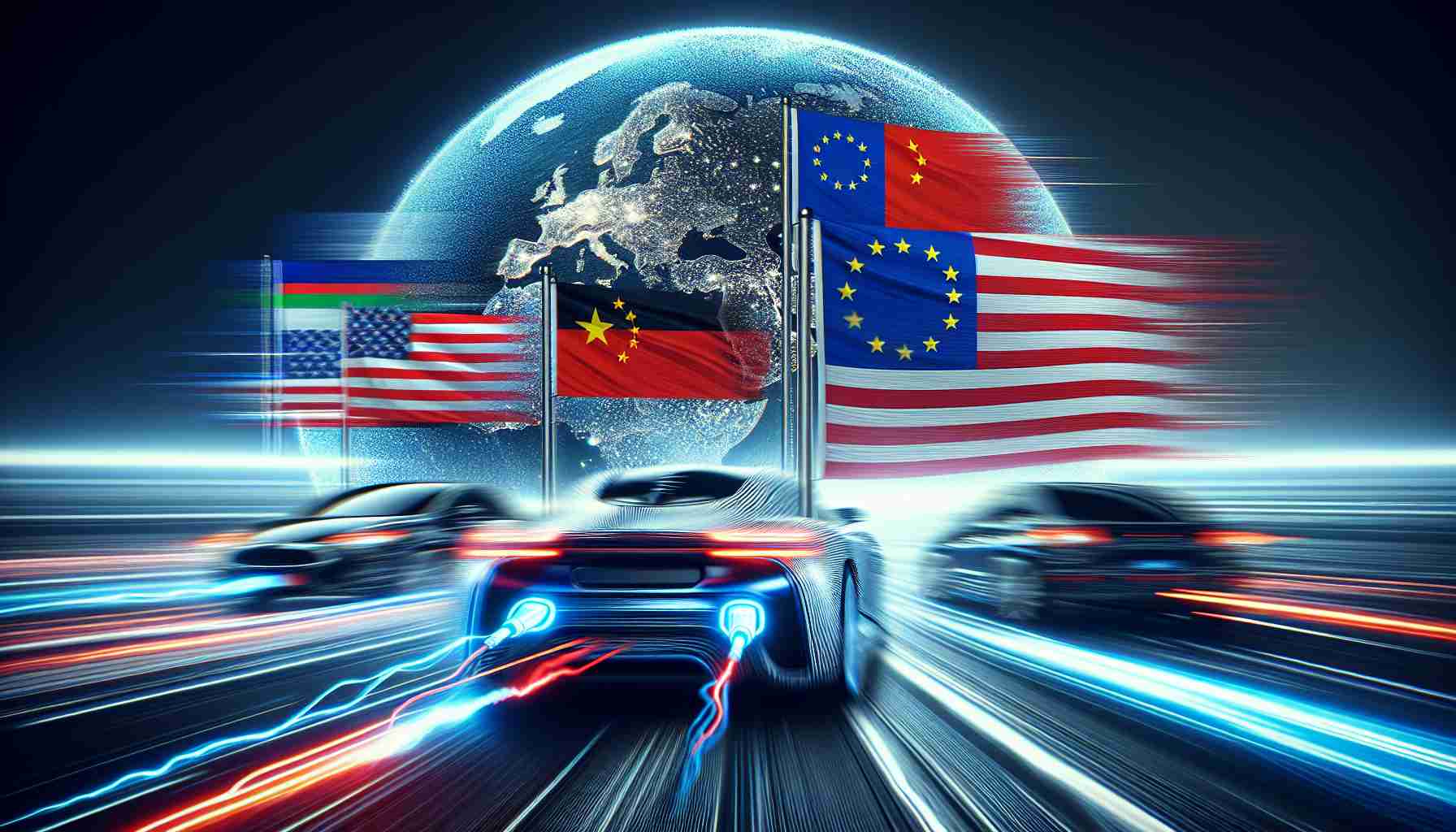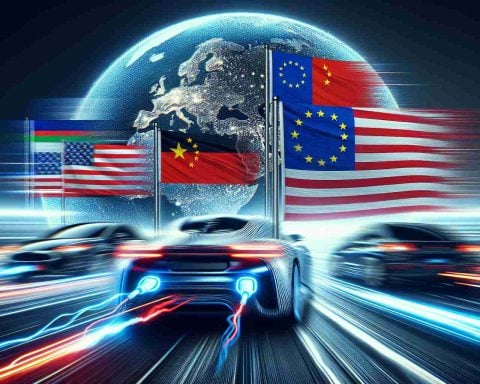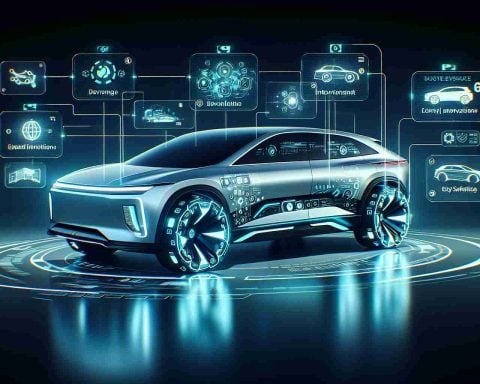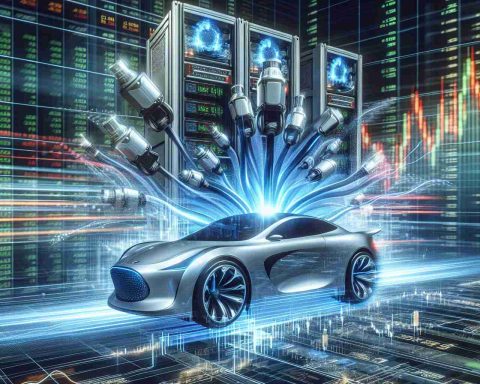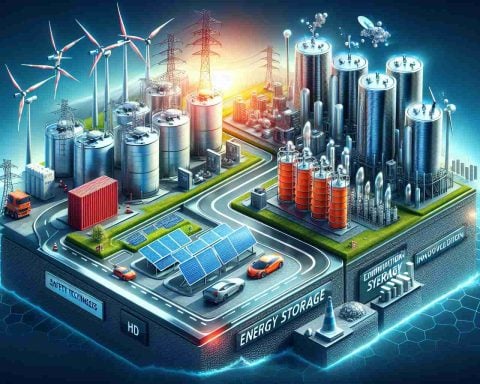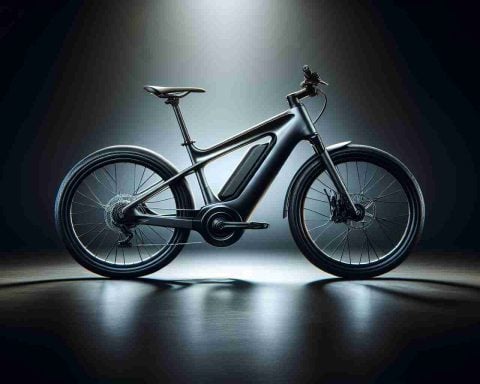- January saw an 18% increase in global EV and plug-in hybrid sales, highlighting significant growth in sustainable transportation.
- Europe’s new CO2 emission targets have boosted consumer interest in eco-friendly vehicles, leading to increased EV adoption.
- The United States is experiencing renewed enthusiasm for sustainable transportation, aligning with Europe in driving the EV market forward.
- China experienced a 43% decline in EV sales in January, attributed to the Chinese New Year slowdown, marking a departure from past growth trends.
- This shift underscores a geographical rebalancing of the EV market, with Europe and the US emerging as leaders.
- The current momentum demonstrates a blend of policy initiatives and consumer demand supporting the path toward a zero-emission future.
Step aside, China—it’s time for Europe and the United States to take the wheel in the electric vehicle (EV) revolution. The electric hum of progress swept across the globe this January, marking an 18% surge in EV and plug-in hybrid sales compared to last year. As the dawn of new carbon dioxide (CO2) emission targets ignites European roads, eco-friendly car buyers are seizing the opportunity to take bold strides toward a greener future.
Europe’s new regulations have acted as a catalyst, igniting consumer enthusiasm and filling the air with promises of cleaner journeys ahead. In a twist of fate, it wasn’t just regulatory zeal propelling these numbers; in America, a renewed commitment to sustainable transportation echoed the European enthusiasm, creating a perfect storm of electric momentum.
Meanwhile, across the Pacific in China, a slowdown temporarily took the shine out of their typically skyrocketing figures. The rhythm of the Chinese New Year celebrations undoubtedly added a momentary drag, shrinking sales by 43% compared to the dizzying rates of months prior.
Yet, as January unfurled, it became a pivotal moment in the dynamic dance of global EV markets, highlighting Europe and the US’s newfound leadership. This shift suggests not only a geographical rebalancing but also a growing consensus on sustainable mobility’s necessity.
Ultimately, January’s figures signal a promising shift—a harmonious blend of policy-driven action and consumer commitment steering the world toward a zero-emission future. As the green roads open, the world watches, ready to accelerate into an electrifying tomorrow.
The Countdown to a Green Future: How Europe and the US Are Driving the EV Revolution
A Deeper Dive into the Electric Vehicle Market Trends
The transition to electric vehicles (EVs) is a hallmark of modern sustainable transportation efforts. While the original article highlights the role of Europe and the US in advancing this revolution, there are additional layers to this shift that are worth exploring.
# Key Insights Not Covered:
1. Government Incentives:
– Both Europe and the United States have implemented robust government incentives to promote EV adoption. These include tax credits, subsidies, and rebates for EV buyers, significantly reducing the cost of ownership.
2. Infrastructure Development:
– Investment in charging infrastructure is key to promoting EV usage. Europe has been particularly aggressive in expanding its network of charging stations, while states like California are spearheading similar efforts in the US.
3. Automaker Shifts:
– Major automakers, including traditional giants like Volkswagen and Ford, are making massive investments in EV technology and are rolling out new models aimed at capturing a larger market share.
4. Consumer Awareness and Demand:
– Awareness of climate change has heightened public interest in cleaner automotive solutions. This is reflected in the growing demand for EVs, especially among younger consumers who prioritize sustainability.
5. Technological Advances:
– Advances in battery technology, such as increased range and reduced charging times, have made EVs more practical and appealing to mainstream consumers.
# Important Questions and Answers:
1. Why are Europe and the US taking the lead in the EV revolution now?
– Stricter CO2 emission regulations and increased environmental awareness have fueled policy changes and consumer demand, shifting the focus to sustainable transport solutions.
2. How do the political landscapes influence EV sales?
– Political support, through regulations and incentives, can accelerate the adoption of EVs as governments worldwide aim to meet climate targets.
3. What are the challenges facing China’s EV market?
– Apart from the temporary slowdown due to festivities, regulatory changes and market saturation could pose challenges for sustaining past growth levels.
4. How will this shift impact global car manufacturing?
– A pivot towards EVs will require restructuring in manufacturing processes, supply chains, and workforce skills to accommodate new technologies.
# Suggested Related Links:
– International Energy Agency
– Electrive
– Automotive News
– Green Car Reports
Understanding these additional elements positions us better to appreciate the complex landscape of the global EV market and the transformative effect it will have on our future mobility practices.
